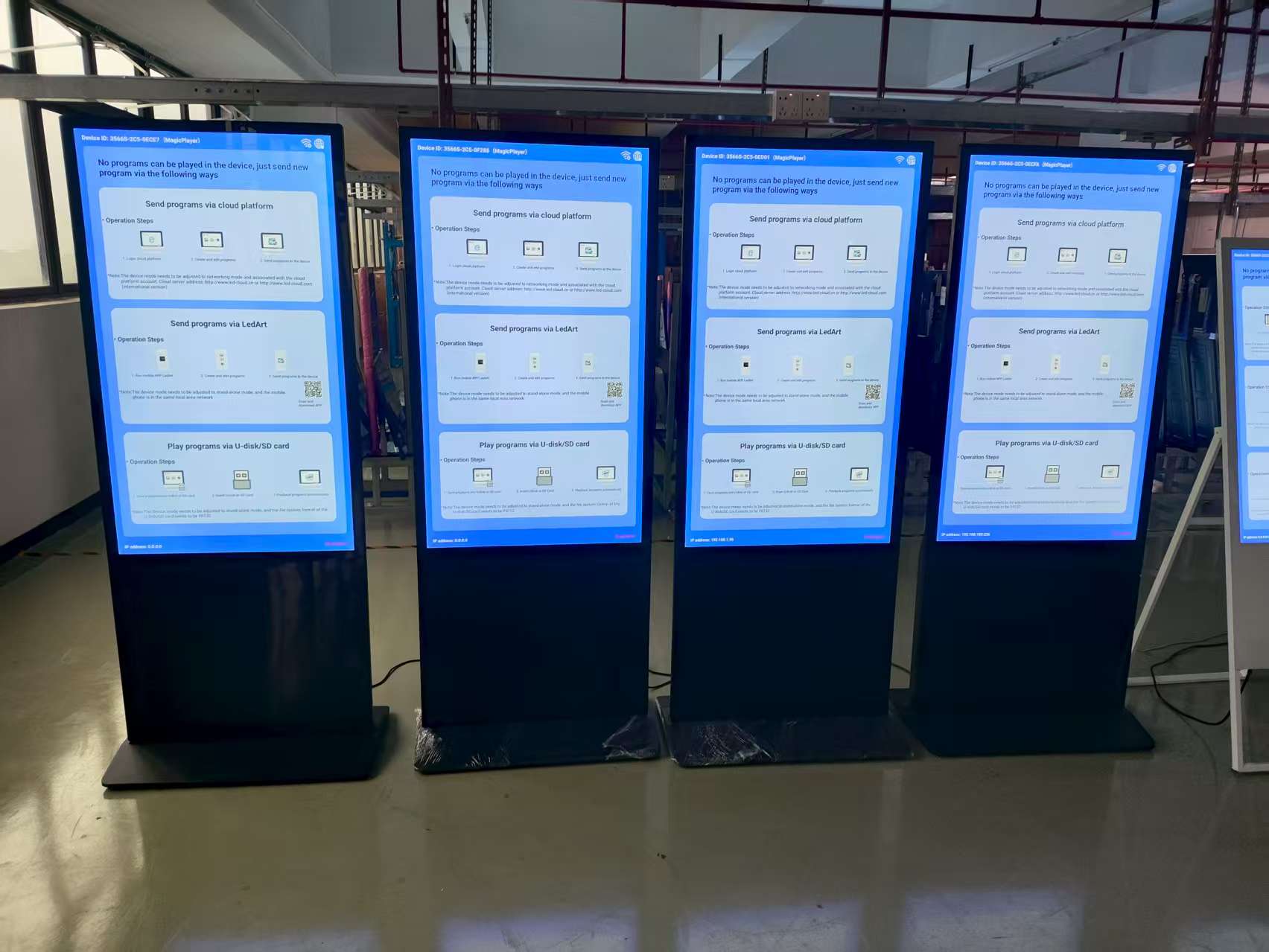The Vertical Digital Sentinel: A New Era of Engagement
The vertical advertising display stands as a dynamic pillar in modern marketing, seamlessly blending high-impact visuals with interactive technology to capture attention and drive engagement. Unlike traditional landscape screens, its portrait orientation mirrors the natural human field of view and the familiar scroll of a smartphone, making it uniquely effective in capturing the glances of passersby.
Design & Display Technology
These sleek, vertical advertising display units are engineered for versatility and durability. Built with high-brightness LCD or LED panels, they remain clearly visible even in sunlit atriums or brightly lit retail environments. Many incorporate touch capabilities, transforming passive viewing into active exploration—allowing users to browse products, access menus, or engage with branded content directly.
Agile Content Management
The media player is the brain of the operation. Embedded within the enclosure or operating as a separate small-form-factor computer, it powers the content playback. Modern players are capable of handling high-resolution video, complex animations, and real-time data integration. They are managed remotely via Content Management System (CMS) software, a cloud-based platform that allows marketers to schedule campaigns, update content across thousands of screens globally in minutes, and gather performance data—all from a desktop computer anywhere in the world.
The true power of these vertical advertising display lies in their agility. Controlled via cloud-based software, content can be updated instantly across networks of screens. A coffee shop can promote breakfast in the morning and afternoon snacks by lunchtime, all without printing a single poster. Integration with real-time data enables displays to show live social feeds, weather, inventory, or pricing—ensuring messaging is always relevant.
Multi-Industry Applications
Applications span industries: in retail, they serve as endless aisles and promotional hubs; in corporate lobbies, they guide visitors and share news; in hospitality, they enhance the customer journey from check-in to checkout. Their ability to reduce perceived wait times and provide valuable information makes them indispensable in high-traffic settings.
Data-Driven Insights
Beyond advertising, these displays gather valuable analytics through sensors, measuring engagement levels and optimizing content strategy. They represent not just a screen, but a smart, connected touchpoint that bridges digital and physical experiences.
Conclusion
In essence, the vertical advertising display is more than a modern billboard—it is a responsive, data-driven, and profoundly engaging medium that transforms space into opportunity and observation into interaction.

